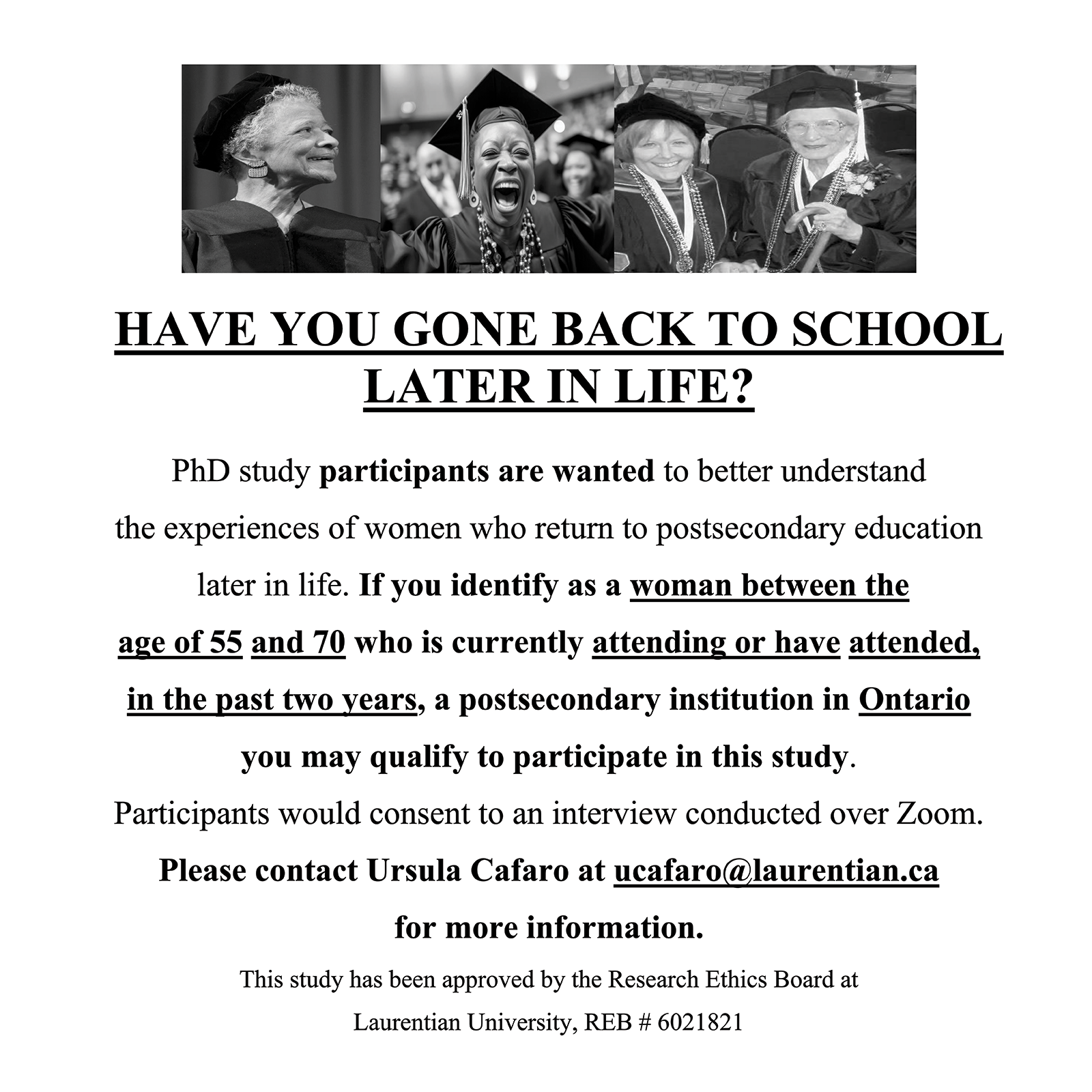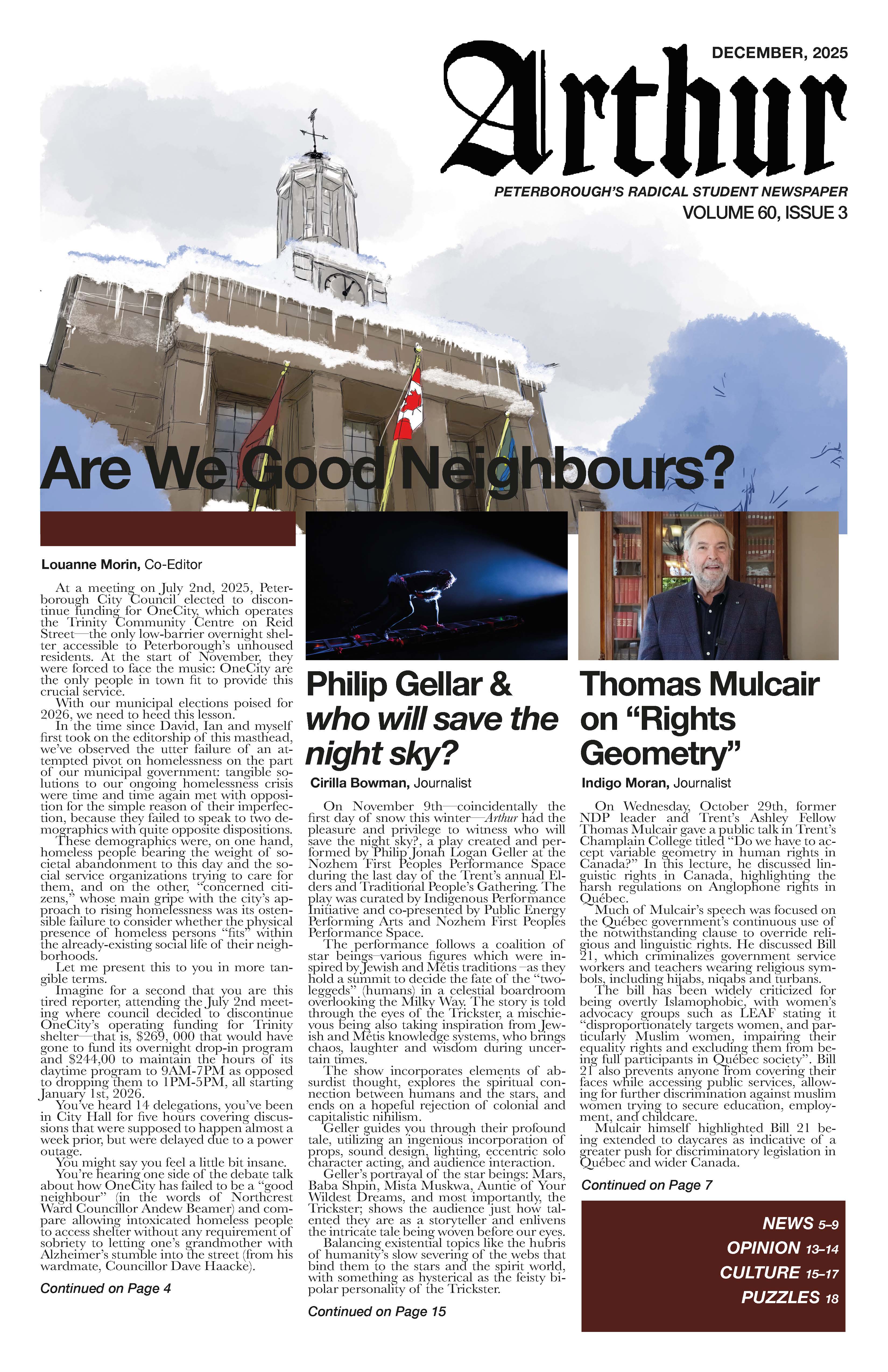This week, Ontario’s Safer Municipalities Act passed its third vote, broadening the scope of restrictions placed on public drug use. Under this Act, police officers have been granted the right to arrest anyone under “reasonable suspicion” of public illicit drug use without warrant, seize and destroy supposed illicit substances, request their full names, addresses and dates of birth, and order them to vacate public spaces.
Failure to comply could lead to fines up to $10, 000, imprisonment up to six months, or both.
The Act, also known as Bill 6, further amends the Province’s Trespass to Property Act, adding several related aggravating factors to be considered by courts penalizing trespassers. If defendants in a trespassing case are found to have returned to the premises after being asked to leave, or to be “likely to trespass at any time in the future” by the court, they may be liable for up to $10, 000 in fines.
When the bill was first presented in 2024, as Bill 242, Peterborough City Council requested for it to be amended to address the “unclear standards” set by a 2023 Supreme Court ruling that the removal of encampments in the Regional Municipality of Waterloo, which lacked adequate shelter space for all residents of the encampments, comprised a violation of Section 7 of the Canadian Charter of Rights and Freedoms.
In late May, council passed a new motion requesting that the same amendments be made to the new Safer Municipalities Act, though these amendments did not appear in the final version of the bill.
While Bill 6 makes explicit mention of tents as potentially illegitimate public dwellings which open-air drug users may be asked to vacate, its intent is not to legislate the removal of encampments from public space.
In a statement to Arthur, Sam Blondeau, a Senior Research Assistant at Trent University’s Research for Social Change Lab explained: “Bill 6 is geared toward the regulation of open-air drug use. The request to loosen the “adequate shelter” criteria is unrelated to Bill 6.”
Other local non-profit organizations were quick to comment on the matter, decrying the effects of Bill 6.
“The establishment of greater fines and prison sentences for public illicit drug use would significantly and negatively affect the individuals who access our harm reduction services,” wrote Danielle Howson, the Executive Director of Peterborough’s 360 Degree Clinic.
“Many of our service users are already facing considerable challenges, including homelessness, low income, and limited access to healthcare. Increasing penalties does not address the root causes of substance use, but instead adds additional burdens to already vulnerable individuals.”
Howson emphasized the negative impact of both financial and carceral penalties on the health of the users of her clinic’s harm reduction services.
“For those receiving treatment for opioid use disorder, incarceration can disrupt access to these essential medications. Many correctional facilities do not offer the full range of treatment options, and this interruption can destabilize recovery, increase the risk of relapse, and even heighten the risk of overdose upon release,” she explained.
“Financial penalties are also particularly harmful to our participants, who often cannot afford to pay fines. These debts can accumulate and become long-term barriers when individuals attempt to move forward in their lives. For example, outstanding fines or criminal records related to drug use can create significant obstacles when applying for jobs, housing, or other critical services—further entrenching cycles of poverty and marginalization.”
Far from only impacting the users of harm reduction services, the Safer Municipalities Act makes the work of healthcare service providers much more difficult.
“For primary care teams, this means more crisis management, greater outreach needs, and fewer opportunities to focus on long-term, preventative care. Additionally, Emergency departments would face higher patient volumes, more complex cases, and frequent repeat visits, straining already limited resources. Supportive housing, harm reduction, and trauma-informed healthcare are far more effective solutions for improving health and reducing system strain,” Howson concluded.
Dane Record, Executive Director of the Peterborough AIDS Resource Network, which provides harm reduction supplies to local drug users, did not mince words on the subject of Bill 6.
“Imposing fines of any kind as a means intended to deter or otherwise create another barrier to access is stupid. Imposing fines on folks who may be locally nomadic while awaiting sustainable local housing is a silly tactic only feeding to the running joke that's the decision-makers writing these silly impositions. And prison time when it's cold for anyone with nothing to lose is a welcome favour,” reads his statement.
Both Peterborough Public Health and Fourcast, a local community-based addiction treatment provider, emphasized the city’s lack of support for inhalation drug users, whose proportion of opioid-related overdoses more than doubled from 2017 to 2021.
“While we are fortunate to have a CTS in Peterborough, it does not and currently cannot offer a safe, legal space for inhalation, which we know is a consumption method that is used by many individuals in Peterborough,” wrote Tess Wishart of Peterborough Public Health.
Fourcast’s Communications Coordinator, Meghan Moloney expanded on this point.
“The CTS is not an option for many, as a large portion of open-air use is inhalation, whereas the CTS is only permitted to support injection, oral or nasal use. Adding fines and custody time would further stigmatize this population and would not support their access to treatment and Harm Reduction support,” she explained.
While Bill 6 targets the most marginalized and worsens their health outcomes, Peterborough’s harm reduction service providers are unrelenting in their support of a kinder system of comprehensive care.
“Instead, we need a compassionate and coordinated system that addresses the healthcare and shelter needs of this population in a sustainable and trauma-informed way. This includes access to stable housing, mental and physical healthcare, harm reduction services, and social supports that respect individuals’ dignity and autonomy,” Howson wrote.
“Without this, we risk worsening the very problems we aim to resolve.”


.png)

.jpg)





.jpg)


.jpg)





.jpg)


.jpg)


.png)